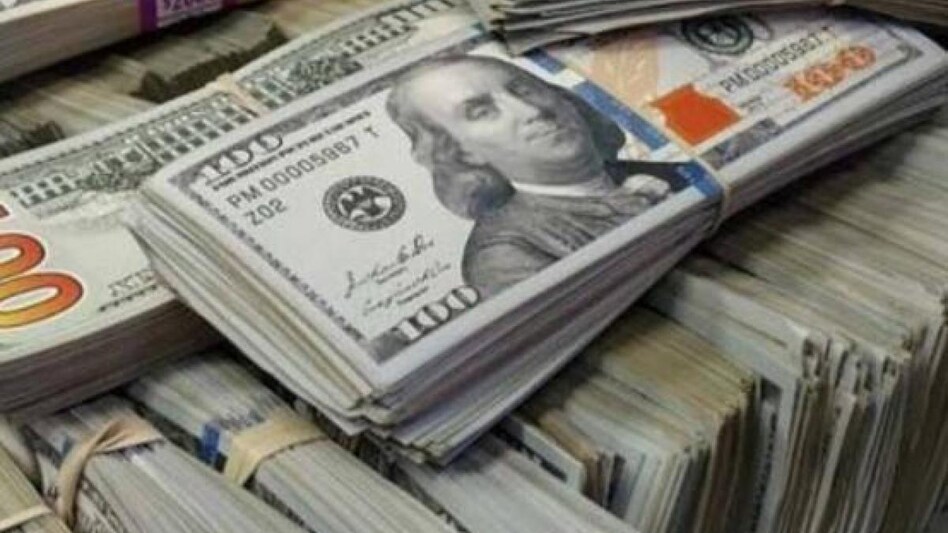 Rs 18,800 crore gone in Jan! Will China rebound hit FPI inflows to India? HSBC answers
Rs 18,800 crore gone in Jan! Will China rebound hit FPI inflows to India? HSBC answers
 Rs 18,800 crore gone in Jan! Will China rebound hit FPI inflows to India? HSBC answers
Rs 18,800 crore gone in Jan! Will China rebound hit FPI inflows to India? HSBC answersForeign portfolio investors (FPIs) have been taking money out of India this month, making investors wonder whether a recovery in China and rich valuations in India would lead to strong outflows and drag domestic stocks lower. To be sure, January has already seen Rs 18,800 crore of FPI outflows, which on a monthly basis is worst since June 2022 outflows of Rs 50,203 crore. FPIs were net buyers of domestic equities in December (Rs 11,119 crore inflows) and November (Rs 36,239 crore inflows).
In its equity strategy note, HSBC said a potential macro rebound in 2023 certainly puts China back on the FII radar. While over a short time frame this can impact flows into India, over a longer period this impact may not be material, it said.
HSBC noted that despite recent inflows of $11 billion since July, FPIs remain net sellers of Indian equities over the past 12 months with $17 billion in net outflows, making a case for a sharp outflow very unlikely. Even with a China rebound,
HSBC believes Indian equities will continue to receive inflows on a weak base, backed by strong market fundamentals and its rising weight in key global equity indices..
"The last eight years of data suggests that India has managed to attract its fair share of fund flows, even during years with strong China inflows. 2023e is unlikely to be very different either given funds are underweight both India and China," it said.
Besides, HSBC said India’s weight in the global indices has risen, and should attract more fund flows that use the global indices as a benchmark for market allocations.
"Purely on a fundamental basis as well, India stands out in 2023 with a reasonably strong GDP growth outlook, easing inflation, and a sound corporate earnings trend (Nifty50 EPS growth expectations of 10.9 per cent in FY23e and 17.6 per cent in FY24e)," the foreign brokerage said.
US recession risk
HSBC said the US FOMC has so far delivered cumulative 425 bps of rate hikes since February 2022, one of the steepest hikes in recent times, to curb inflationary pressure amid sticky inflation and slowing US GDP. It said the pace of rate hike does seem to have come down, even as the December minutes emphasised that slowing rate increases did not indicate “any weakening of the Committee’s resolve to achieve” price stability.
HSBC’s economics team expect a final rate hike of 50 bps in February before a pause. "They forecast 50bp of policy rate cuts in 2024 (25bp in 2Q24 and 25bp in 3Q24), bringing the federal funds target range back down to 4.25-4.50 per cent by the end of that year," it said.
This, together with a lower-than-expected US inflation print in November (7.1 per cent) suggests that we are at least past the peak of US bond yields, which is certainly positive for emerging markets including India.
Pre-election year
The year prior to a general election in the past have often been characterised by increased government capex, fiscal policies to aid demand (especially rural demand), along with a general supportive monetary stance, HSBC said.
All this has created a favourable market context in the past, and resulted in a reasonably strong market rally leading up to the elections, the foreign brokerage noted.
On average, the Nifty50 has delivered a 17 per cent return over the 12-month period leading up to the past five general elections in India, it said adding: "The year preceding general elections have been marked by consistent mid-to-high single digit GDP growth, with a strong pick-up in private consumption, and healthy credit growth."